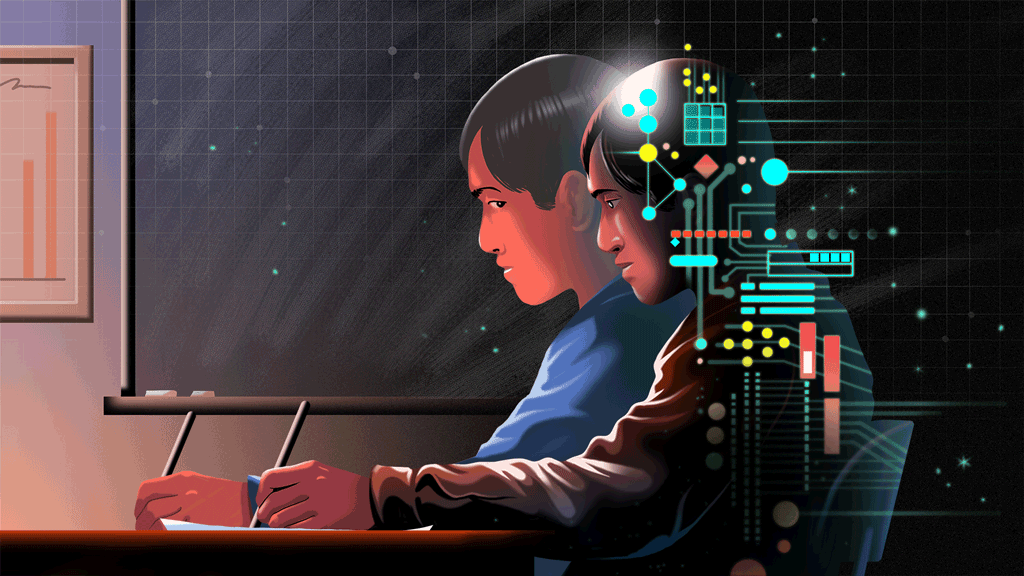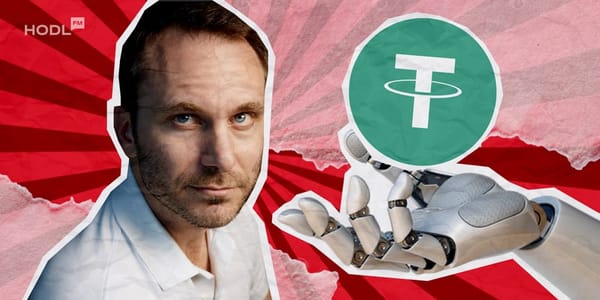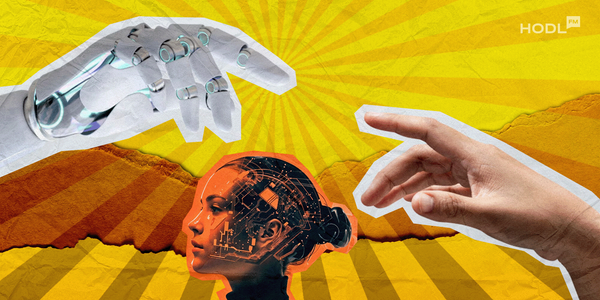Welcome to the wild world of Web3, where decentralization and innovation reign supreme! To make things even more spicy, generative artificial intelligence (AI) struts onto the scene. As many of you may know, this branch of AI is the most fun to engage with as of 2023. It is like a fountain of creativity, capable of whipping up all sorts of content -text, images, videos – with just a nudge from us humans. While it’s no secret that generative AI has its marketing game on point, its impact on Web3 goes way beyond that.
This AI powerhouse has the potential to shake things up, flip the script, and transform the decentralized web as we know it. Brace yourselves for a mind-blowing user experience makeover that Web3 desperately needs. It’s time to make Web3 mainstream with the help of a bit unusual assistant, AI.

Potential Impact of Generative AI on Web3
Marketing
Advertisers and marketers, start looking for a new job immediately!
Just kidding.
In the fast-paced and ever-evolving world of Web3, where decentralized technologies and blockchain rule the roost, generative AI is poised to revolutionize the very fabric of how Web3 products are marketed. With its uncanny ability to create diverse content forms, from compelling website copy to attention-grabbing social media posts, AI-powered generative tools like ChatGPT are set to become the marketer’s best friend.
As generative AI infiltrates the Web3 ecosystem, it’s poised to disrupt traditional marketing paradigms, offering boundless opportunities for brands to leave their digital footprints in the decentralized realm. The game is changing, Hodlers, and this is coming from a human, writing an article on the web. The competition is fierce here!
User Experience
The potential impact of generative AI on Web3 is immense and reaches far beyond the realm of marketing. By leveraging generative AI, Web3 platforms can enhance user experiences through personalized interactions. The technology enables the creation of engaging interfaces and interactive chatbots that are tailored to the individual needs and preferences of users. This level of personalization fosters a more immersive and engaging user experience within the decentralized web.
Furthermore, generative AI can play a pivotal role in the development of decentralized marketplaces. By automating processes such as the creation and curation of non-fungible tokens (NFTs), generative AI streamlines marketplace operations and expands the possibilities for artists and creators. This automation facilitates the growth of the NFT market, which is projected to reach a revenue value of $1.6 billion by the end of 2023, according to industry projections. The integration of generative AI into Web3 opens up new avenues for artists and creators to showcase their work and engage with a global audience.
dApp Development
On top of that, generative AI fuels innovation and collaboration within the Web3 community. Developers can leverage generative AI tools to rapidly generate content, automate complex tasks, and optimize workflows. Generative AI has the potential to accelerate the development of dAppss, resulting in an increase in overall productivity for Web3 development. This increased efficiency allows developers to focus on more creative and impactful aspects of their work, driving forward the evolution of Web3. So, not only marketers but also developers are at risk. Kidding again.

Generative AI and Web3 Trends
Generative AI is not only transforming Web3 marketing but also driving significant trends within the ecosystem. The adoption of generative AI tools is on the rise, enabling dynamic and interactive user experiences that blur the lines between human and AI interactions in the decentralized web.
According to projections by Allied Market Research, the global generative AI market is expected to keep rising. This significant component of the Web3 marketing toolkit could reach an impressive $126.5 billion by 2031.
As generative AI continues to advance, it paves the way for groundbreaking developments in the creative industry. Artists and creators can explore new realms of expression, leveraging generative AI algorithms to generate unique and captivating artworks. This convergence of generative AI and the creative industry gives rise to novel possibilities and challenges traditional notions of authorship and creativity.
Potential Challenges and Risks
While the potential benefits of generative AI in Web3 are significant, it is crucial to address the associated challenges and risks. Responsible development practices must be prioritized to ensure transparency, fairness, and inclusivity in the use of AI algorithms within the Web3 ecosystem. This includes addressing biases that may arise from training data and algorithms and promoting ethical AI practices.
Privacy concerns and data protection also play a crucial role in the integration of generative AI into Web3. Robust privacy frameworks and mechanisms for user consent should be implemented to safeguard personal information and maintain user trust in the decentralized web.
Conclusion
It’s not just about catchy slogans and flashy graphics anymore—generative AI is here to level up the user experience game. With its ability to enhance user interactions, create decentralized marketplaces, spark innovation, and tackle those pesky technical challenges, generative AI can be the genius that Web3 needs. But Hodl your horses, folks! It’d be unwise to let this power go unchecked. Responsible development and ethical considerations must be our trusty sidekicks as we integrate generative AI into the Web3 landscape. By embracing this game-changing technology while keeping our ethical compass intact, we can build a Web3 world that’s immersive, inclusive, and bursting with endless possibilities.



